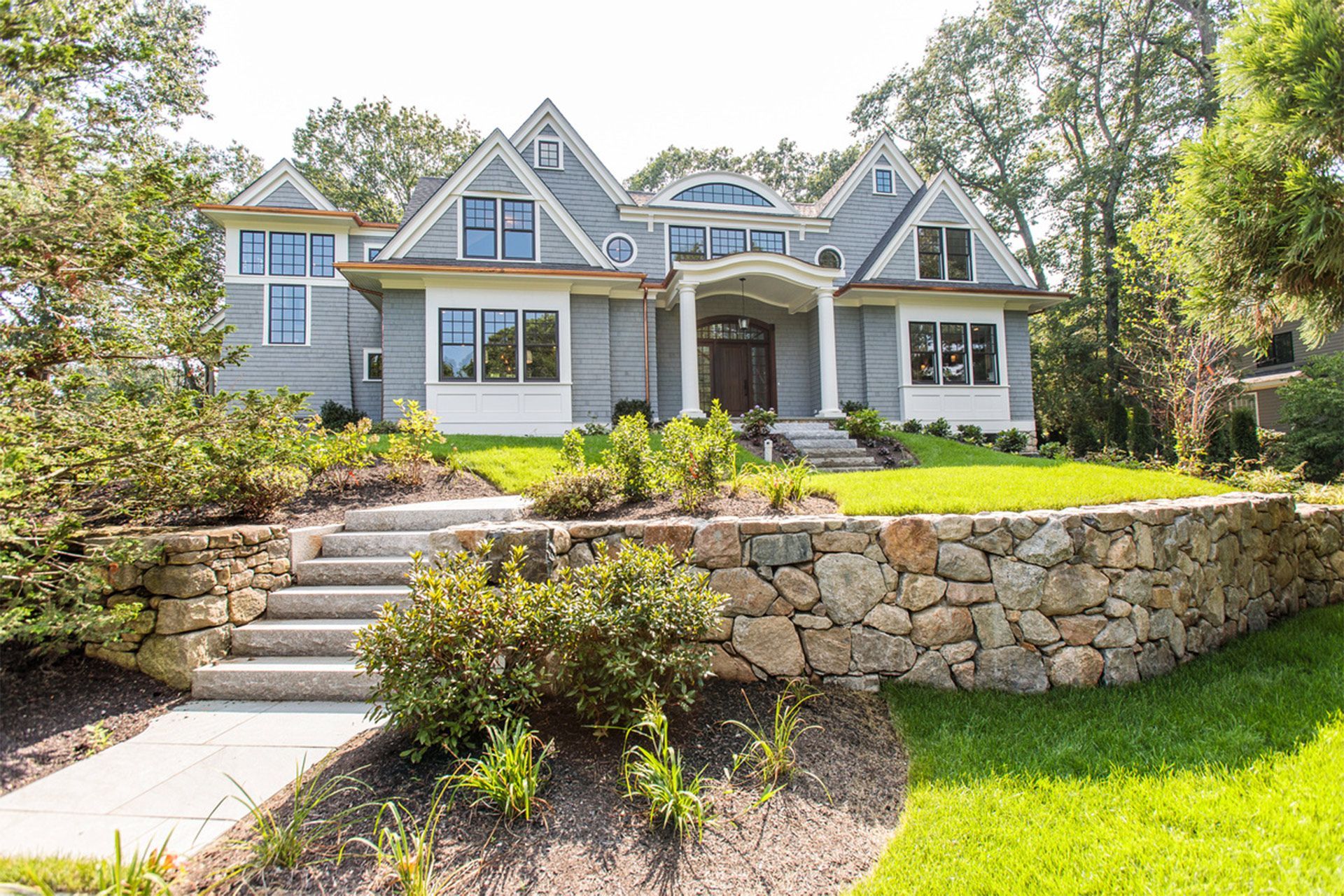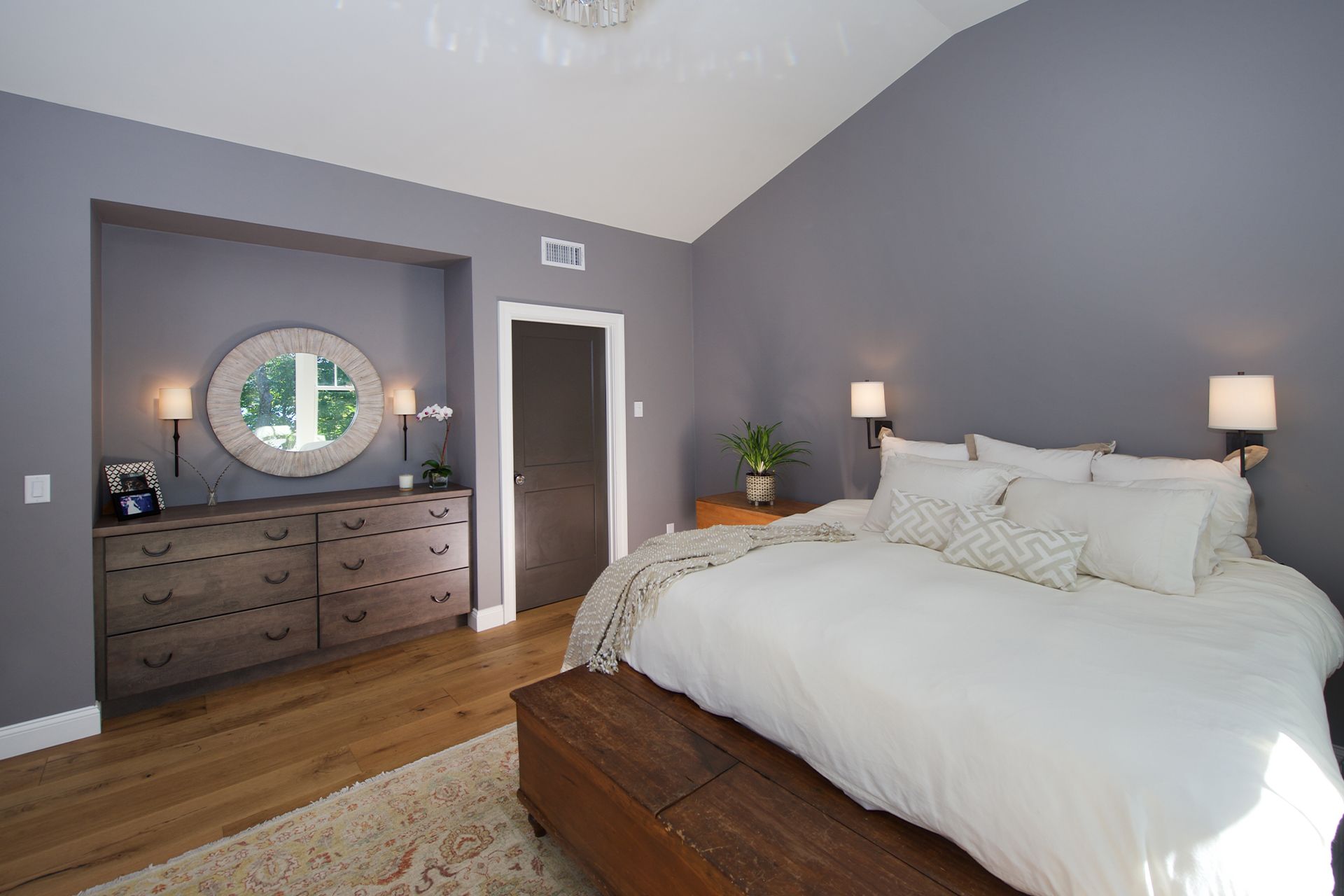Green Building
Green Building
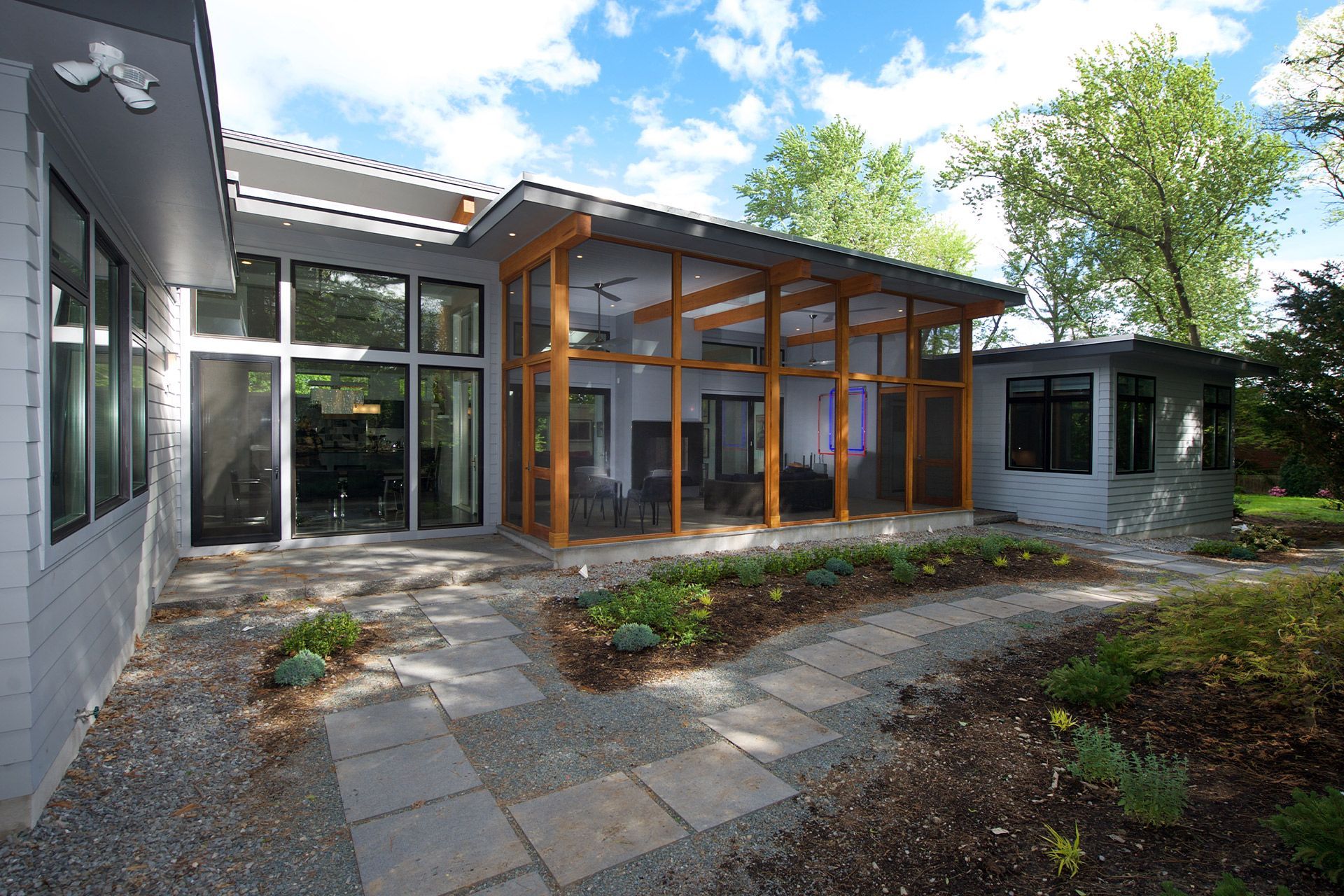
Following is an outline that highlights some of the key features of Keystone Development’s Green Building Program. Simply put, building Green, is building better. Green building practices focus on construction techniques and materials that create homes that are more energy efficient, are healthier and more comfortable to live in and help to protect the Earth’s environment. All homes are built to National Energy Star standards. In addition, Keystone Development incorporates many elements of the National Association of Home Builders’ Green Home Building Guidelines in the design and construction of their homes. Keystone Development is actively involved in establishing a standardized Green Building Program in the State of Massachusetts that will allow homes to be certified as meeting a stringent level of Green construction criteria.
Site Planning
- Erosion control measures are implemented to prevent soil run off and damage to surrounding plant and animal habitats.
- Preservation of as much existing vegetation as possible.
- Re-use of excavated materials as fill and topsoil and processing of cleared trees and vegetation as mulch.
- Siting homes to minimize clearing and grading activities and to optimize/minimize solar exposure to prevent radiant heat buildup.
- Preserve as much wildlife habitat as possible.
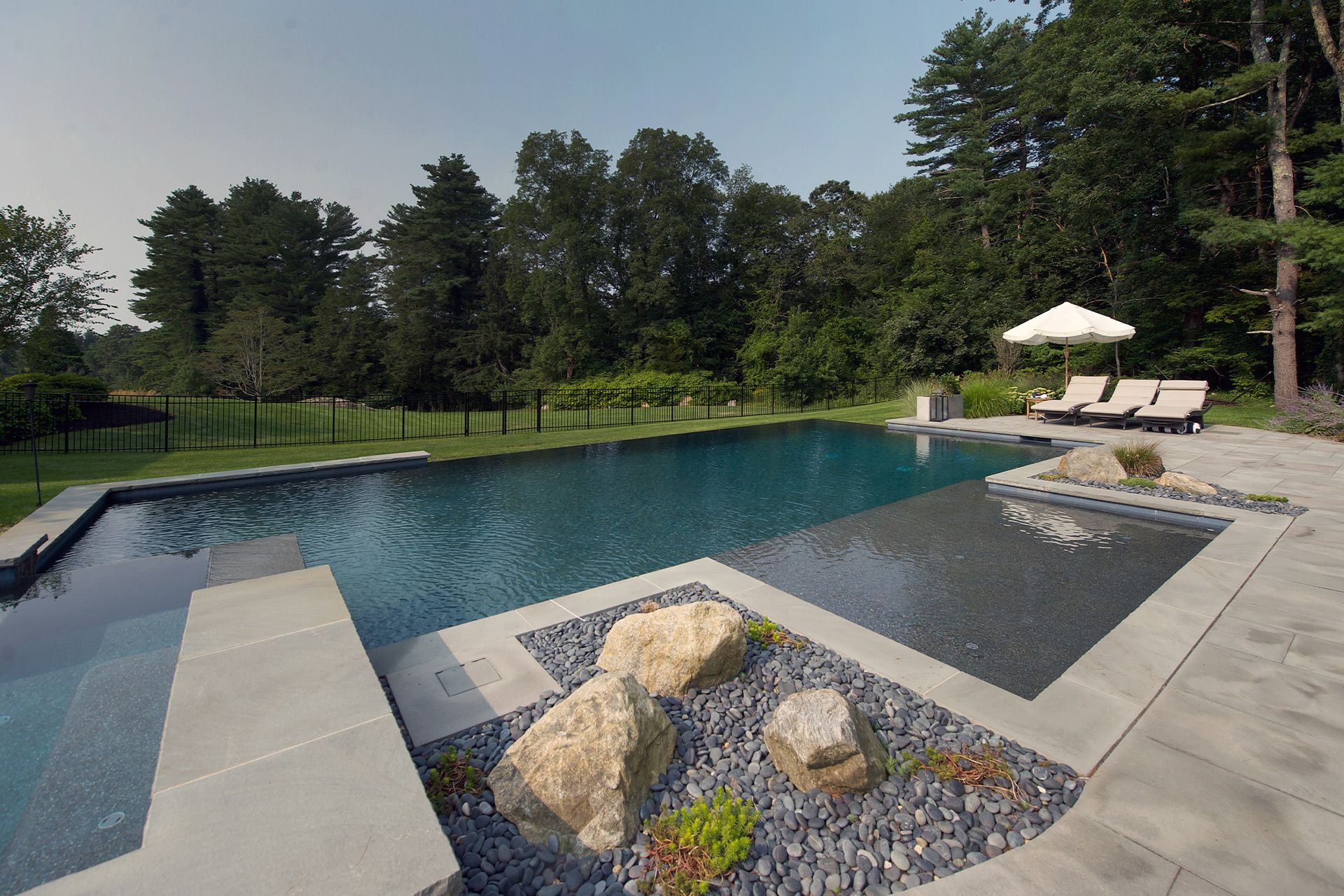
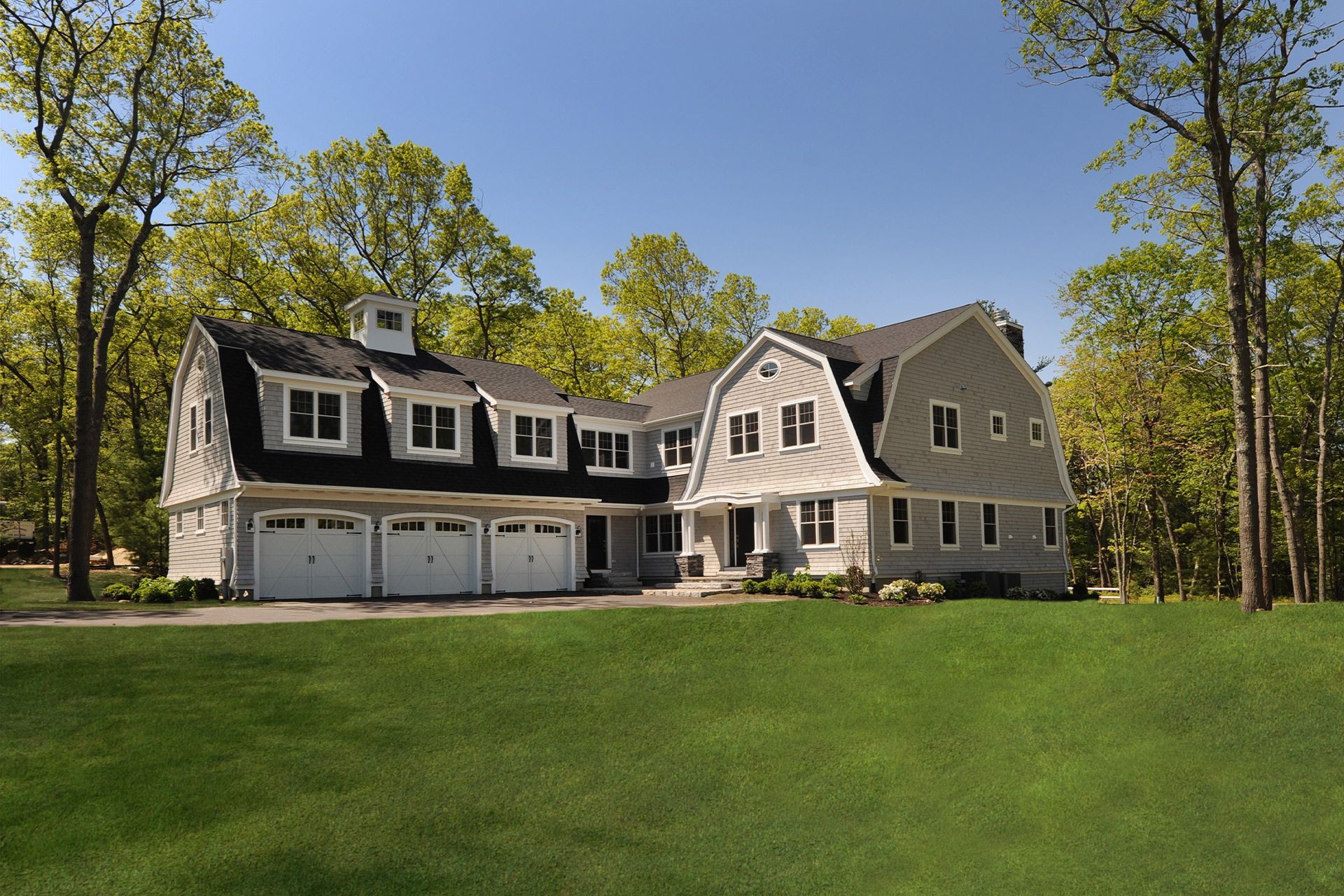
Energy Efficiency
- Increased air sealing measures a tight building envelope, thereby minimizing air leakage and reducing heating and air conditioning costs. An air leakage test performed on every house ensures a tight building envelope.
- Increased insulation requirements reduces air transfer between conditioned and unconditioned areas and reduces heating/cooling costs.
- Low E, Energy Star certified windows reduce solar warming and have greater insulation value than typical windows.
- Heating and cooling systems are designed more efficiently with energy efficient equipment and duct layout. Increased insulation of air handling ducts reduces air leakage and improves the efficiency of the system.
- Energy Star certified fixtures and appliances are installed throughout the house.

